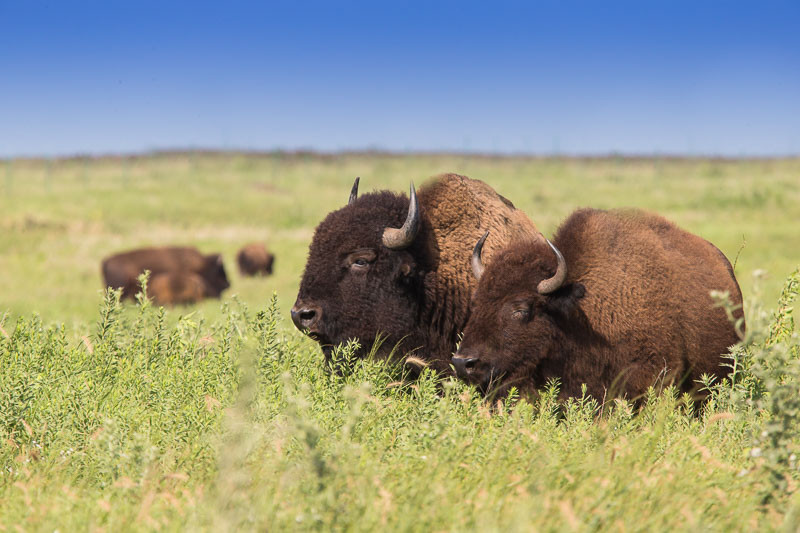Oklahoma Native Plants
Oklahoma, with its diverse ecology spanning from eastern deciduous forests to western plains, is home to many native plants.
- In the prairies of the western part of the state, you’ll find native grasses like Big Bluestem (Andropogon gerardii) and Switchgrass (Panicum virgatum), critical components of the tallgrass prairie ecosystem. Wildflowers like Indian Blanket (Gaillardia pulchella) and Prairie Coneflower (Ratibida columnifera) add splashes of color to these landscapes.
- Eastern Oklahoma, part of the Cross Timbers region, is marked by Post Oak (Quercus stellata) and Blackjack Oak (Quercus marilandica) forests. The understory is adorned with shrubs like Smooth Sumac (Rhus glabra) and flowering plants like Coralberry (Symphoricarpos orbiculatus).
- Riparian areas along streams and rivers are home to Sycamore (Platanus occidentalis), Cottonwood (Populus deltoides), and Black Willow (Salix nigra). These species create critical habitats for numerous bird and insect species.
Oklahoma’s native plants are a wise choice for gardens in the region. These species have adapted over thousands of years to local climate and soil conditions, making them naturally resilient and less demanding in terms of care. They also play a crucial role in local ecosystems, providing food and habitat for native wildlife. By incorporating these plants into your landscape, you contribute to the biodiversity of Oklahoma while celebrating its natural heritage. Moreover, native plants offer a variety of colors, shapes, and textures that can enhance the beauty of your garden throughout the year.

